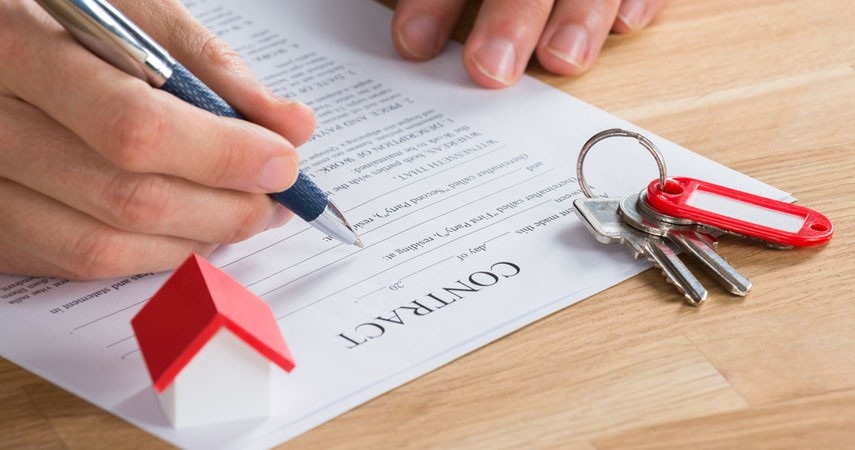Purchasing property involves substantial paperwork. Purchasing the right property at the right value could have a significant impact on securing a loan against property as well. One needs to arrange for various documents. One such critical document, which home buyers need to be aware of is the Encumbrance Certificate or EC. While preparing the checklist of documents to purchase a house, one must not forget about the EC.
What is Encumbrance Certificate?
One of the definitions of the word Encumbrance is a claim on a property which reduces its value or ends up affecting the transfer of ownership but doesn’t prevent such a transfer. Encumbrance is any charge that can be created on any asset but is usually used in the context of real estate. An encumbered property might have a charge/lien/liability which would be held as a collateral or security against a debt which hasn’t been cleared or paid as per the latest date.
An Encumbrance Certificate is a certificate which assures that a particular property is free from any legal or monetary liability such as an unpaid loan or mortgage. This certificate will generally list all the transactions related to a particular property over the last 12 years. Details older than that can also be demanded.
In the case of recently constructed properties, the EC is issued from the beginning of the financial year in which the builder received the commencement certificate. For example, if the builder of the property received a commencement certificate on December 2nd 2005, then the EC for the flat/property would be issued from April 1st 2005 till date.
For older properties, the EC is issued from the first day of the financial year of the oldest mentioned year. This means, when filing an EC on August 18th 2019 for 20 years, the issuance of the certificate will be from April 1st 1999 onwards till date.
Financial institutions generally demand ten to fifteen years of Encumbrance.
Why does one need it?
An Encumbrance Certificate enables the following:
- It offers assurance that the property is free of any dues, be it mortgage or legal
- Title of the property is clear and therefore is marketable
- It secures the homebuyer legal title over her property
- It also makes the homebuyer eligible to secure a home loan from financial institutions for that particular property
- If the homeowner sells a property after a few years, the future buyer would also demand the EC.
- It may also be demanded if the buyer tries to secure a loan against property in the future.
How to get it?
In the following states: Andhra Pradesh, Telangana, Tamil Nadu, Kerala, Gujarat, Karnataka, Odisha and Puducherry, one can acquire a computerized EC extract. In other states, one would have to obtain a handwritten certificate. Here are the steps for the same:
- Form number 22 would have to be filled in with an affixed non-judicial stamp and attached with an attested copy of address proof
- While applying the purpose for the application must be specified
- The application should have comprehensive details about the property including measurements, boundary and survey number
- The application needs to be submitted in the office of the sub-registrar within whose jurisdiction the property lies. The requisite fees also need to be paid. Fees would be chargeable on a per-year basis which is dependent on the period during which certificate is being applied for. Any fraction of the year would be considered as the full year.
- Then the office of the sub-registrar will conduct a detailed enquiry of the property. If any charges are registered against the property, then Form 15 would be issued. If the report is favourable and there are no charges found against the property, Form 16 would be issued. This would be the ‘No Encumbrance Certificate’. This process would usually take 15-30 days.
Form 15 would include record about sales, mortgage, lease, among others. Registering authorities would place this on their record
Get the EC in the language in which records are maintained at the sub-registrar’s office. For an English translation, additional fees are chargeable.
